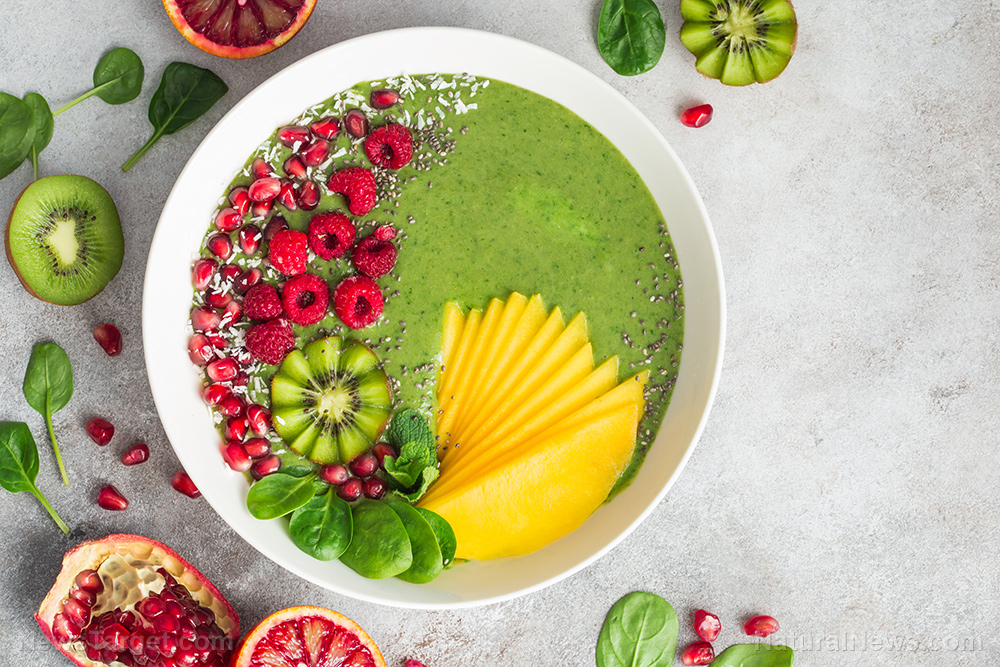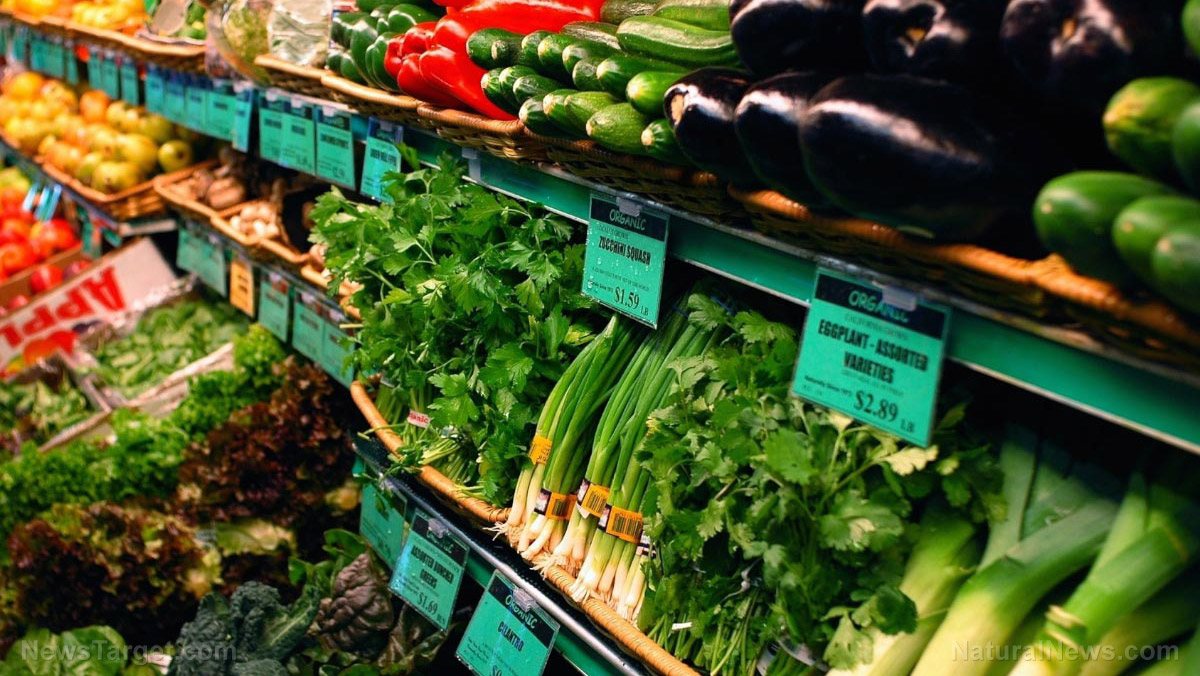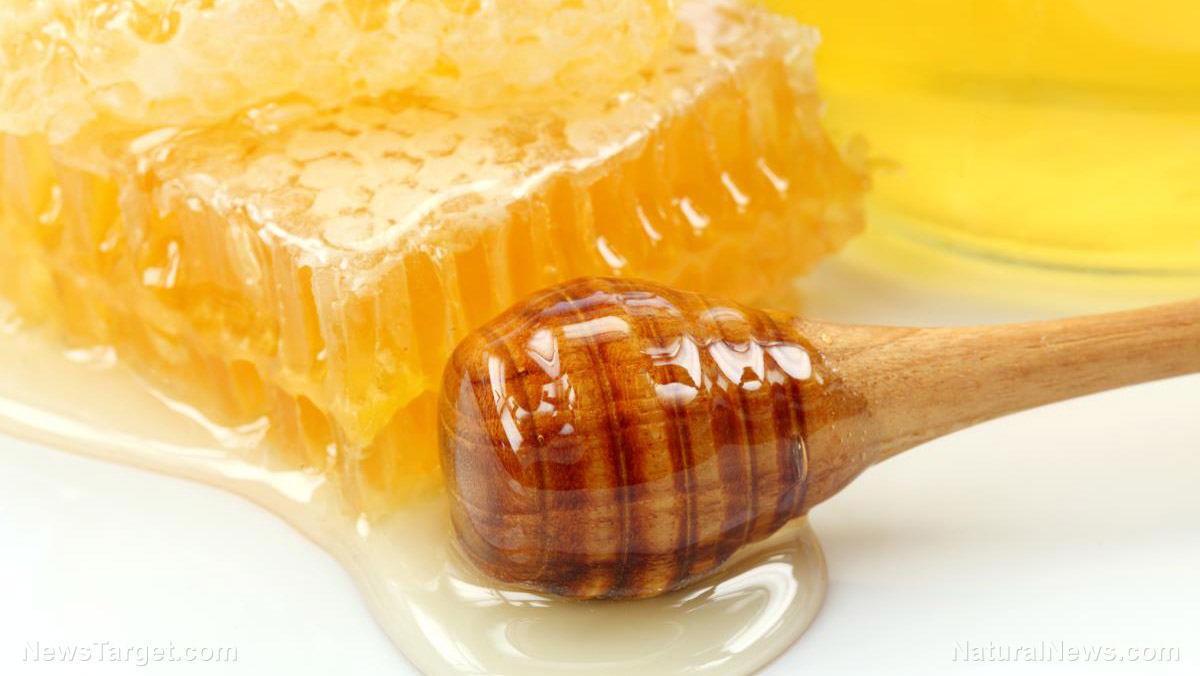Food residues from 500-year-old pottery in Northamptonshire suggest medieval peasant diets were healthier than modern ones
12/15/2019 / By Grace Olson

When it came to mealtimes, medieval peasants had better food choices than most of us do today. In a recent study published in the Journal of Archaeological Science, researchers from the University of Bristol in England noted that croppers from this period lived on meat stews, leafy vegetables, and fresh dairy products – foods that were far more nutritious than the majority of processed foods found in modern diets.
The team analyzed food residues from 500-year old pottery found in a hamlet in Northamptonshire, an administrative county in England. They found information on the diets of medieval peasants, whose lifestyles largely remained unexplored.
Pottery: the medieval food time-capsule
During the medieval period, what people ate often reflected their place in society. Venison, for instance, could only be obtained through hunting, which explains why it’s only seen on the tables of nobles during feasts. In comparison, pottage – a thick soup made with vegetables – was a staple among the peasants.
While many theories exist on what medieval peasants ate, the current study provided a unique look on their diet, as well as their means of growing these foods.
“Food and diet are central to understanding daily life in the medieval period, particularly for the medieval peasant,” explained lead author Julie Dunne in an interview with MailOnline.
According to the team, most studies centered around the lavish lives of nobles and the elite, including their diets, clothing and lifestyle, among other things. However, studies on peasants and other common folk were fairly limited. By studying their lifestyles, researchers hoped to shed light on matters of agricultural production and consumption from the middle ages.
For the current study, the researchers used organic residue analysis, a process that combs through organic substances that may have been trapped in porous surfaces of artifacts. Some of these items included pottery, ceramic wares, and plasters. The team looked at pieces of pottery found in a medieval manor in Northamptonshire. After a series of tests, the team found the presence of lipids. They then compared these with numerous sources and found that these contained sheep, cattle and grain – which were abundant at the time.
The findings revealed that despite their difficulty in food production, peasants ate meals that were far healthier than foods eaten today. (Related: Processed foods linked to increase in obesity and cancer.)
Foods were healthier back then
Medieval peasants subsisted on a diet of meat and cabbage stews, which were cooked in an open hearth. Pottage was also a staple, as well as dairy products like milk, butter and cheese – which they referred to as “white meats.” They also made bread using barley and oats. Considering these food groups, the researchers noted that medieval peasants had well-rounded diets that offered carbohydrates, proteins, vitamins and minerals needed for good health. Oats and barley provided carbohydrates, while meat and cabbage stews were excellent sources of protein.
“The medieval peasant had a healthy diet and wasn’t lacking in anything major!” added Dune. “It is certainly much healthier than the diet of processed foods many of us eat today.”
It might be time for today’s consumers to take a page from the diets of medieval peasants. Learn more about other interesting, archaeological discoveries at Research.news.
Sources include:
Tagged Under: archaeology, artifacts, clean food, food safety, food science, food supply, healthy diet, medieval England, medieval peasants, real history, research, science and technology, scientific discovery
RECENT NEWS & ARTICLES
CleanFoodWatch.com is a fact-based public education website published by Clean Food Watch Features, LLC.
All content copyright © 2018 by Clean Food Watch Features, LLC.
Contact Us with Tips or Corrections
All trademarks, registered trademarks and servicemarks mentioned on this site are the property of their respective owners.



















